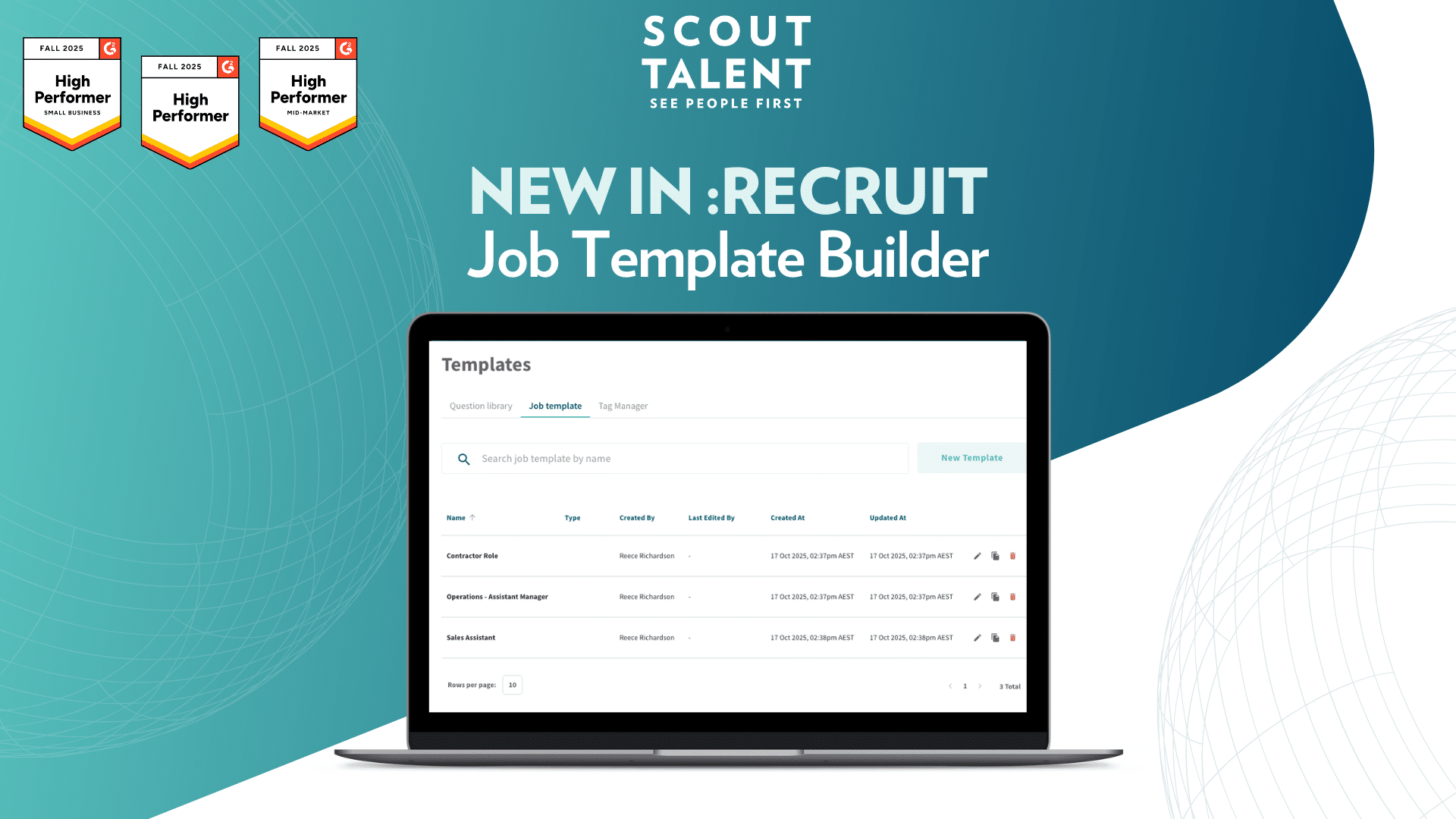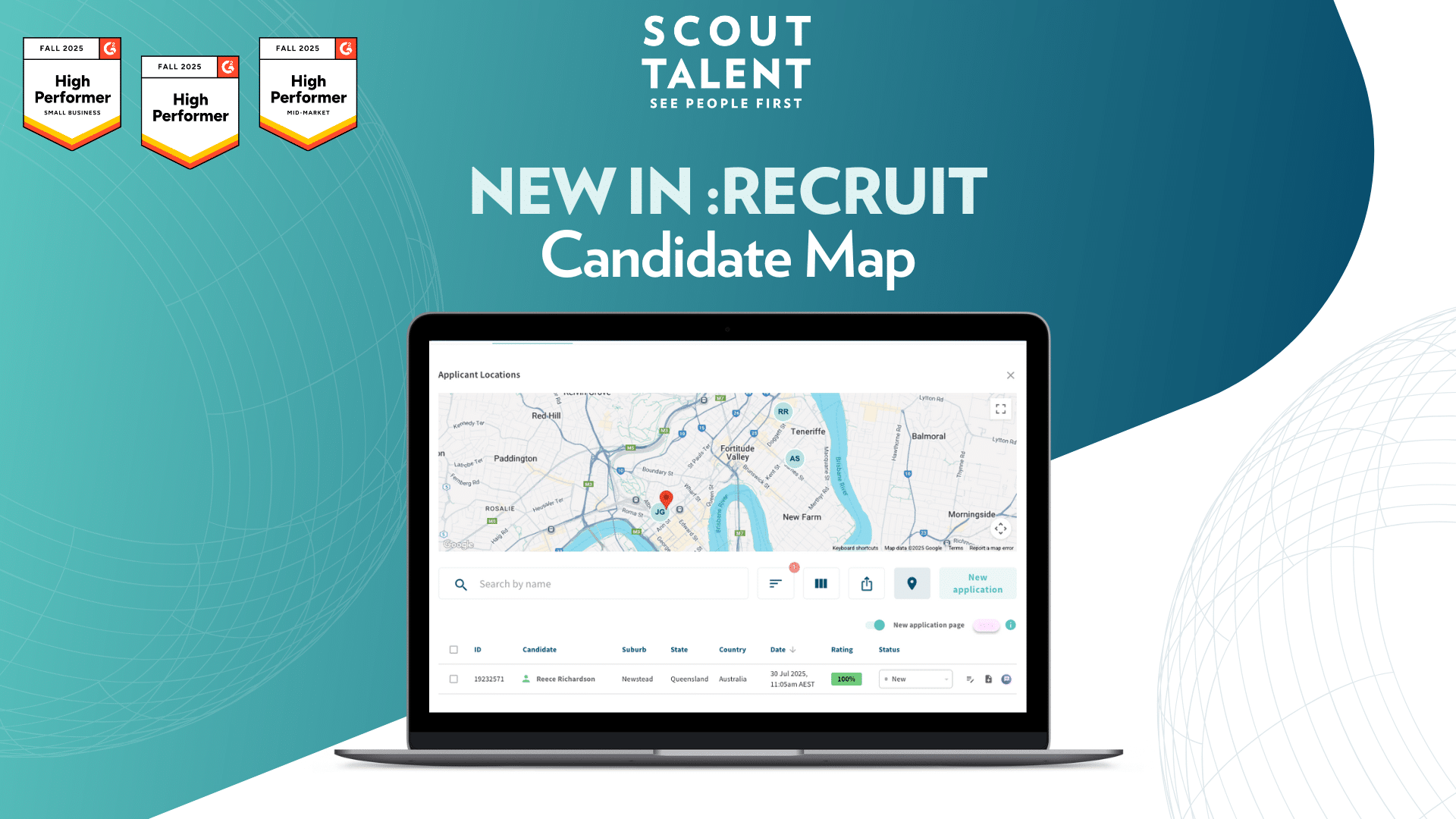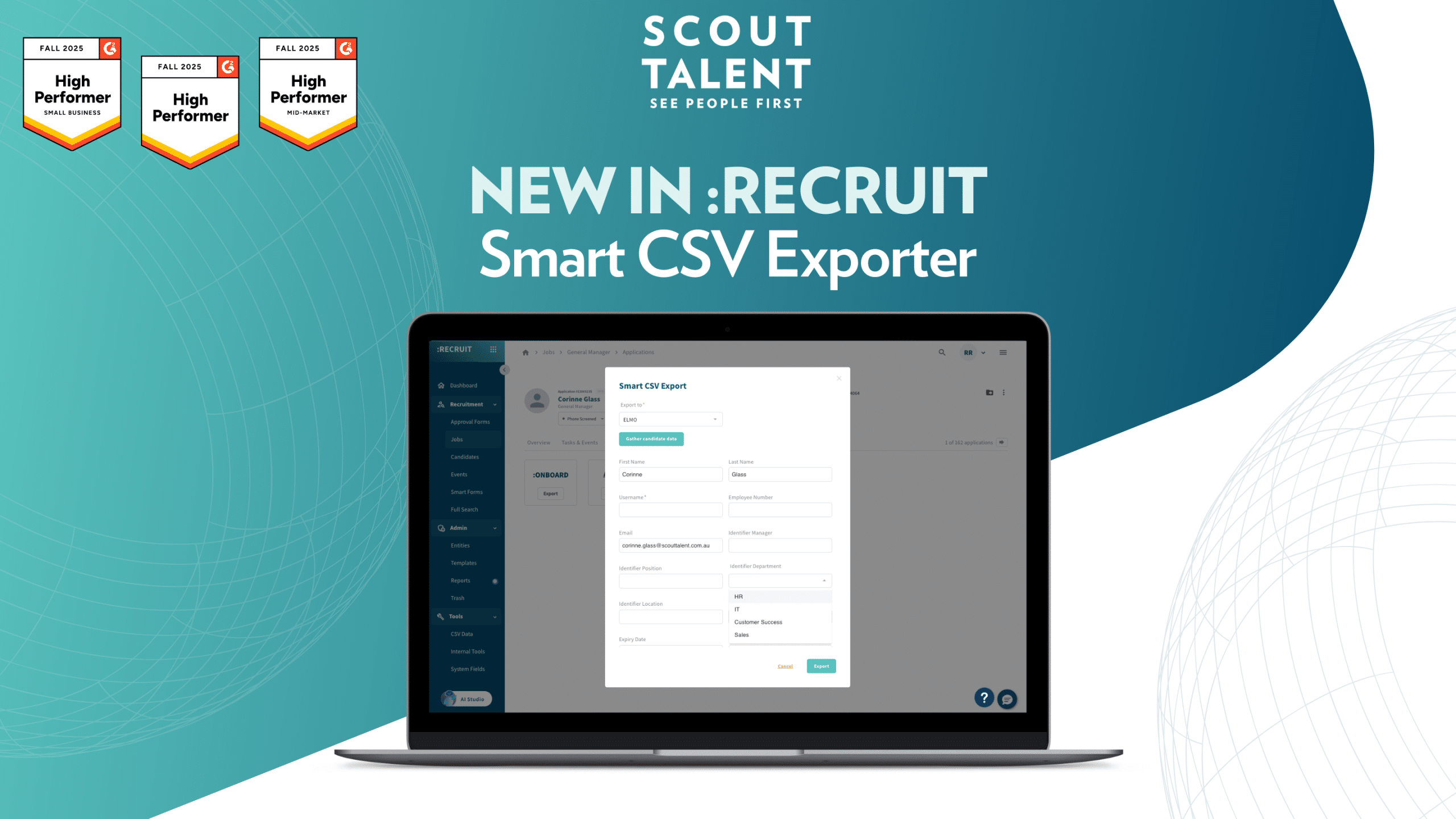Are you struggling to find and keep top tech talent? You’re not alone. In fact, it’s becoming even more challenging. Just look at the numbers: Between 2019 and 2021, the number of tech jobs advertised in the US skyrocketed by a staggering 81%. Yet, surprisingly, the average number of applications per role dropped by 19% during the same period.
These statistics paint a clear picture: Whether you’re directly involved in the tech industry or simply need to hire tech professionals, the current landscape is tough to navigate. The competition is fierce, and finding the right candidates seems like searching for a needle in a haystack.
So what does this mean?
In a challenging hiring market, it’s essential to think creatively and consider alternative approaches. It’s time to think outside the box. Embracing a fresh perspective can be the key to finding and retaining the perfect technology professional. That’s where Granify, a renowned technology company in the e-commerce industry, comes in. Leveraging cutting-edge machine learning techniques, Granify specializes in optimizing conversions and driving revenue growth for top retailers. By partnering with Granify, Scout Talent offers valuable insights that will assist you in your quest for exceptional tech talent.
Real-world experience is equally as valuable as education
In the world of recruitment, it has been the norm to require a third-level qualification for most white-collar roles. However, recent research indicates a shift in this trend:
- According to Indeed, 59% of employers are considering eliminating college degree requirements for hiring.
- In a report published by Cengage, 47% of technology employers say that skills training credentials are most important when considering a candidate for an entry-level job. And only 26% say college degrees are impactful.
By embracing a more inclusive approach, you can significantly expand your talent pool by considering applications from individuals without a formal education in technology. It’s important to note that regardless of educational background, conducting pre-employment testing is crucial to ensure that candidates possess the necessary technical expertise.
Mark Ly, Granify’s VP of Product and Technology, strongly suggests: “Vet your candidate’s skill set thoroughly. There is nothing worse than unqualified people writing code.”
To learn more about how you should be assessing technical knowledge during the interview process, read Scout Talent’s article Eliminate the Guesswork When Hiring Using Pre-Employment Testing.
Technology professionals need soft skills too
In an industry where technical knowledge is paramount, a candidate’s soft skills can be overlooked during the interview process.
A Mckinsey report, highlights how skill-based talent management could make all the difference. In this approach, employees are not hired, developed, or rewarded based on the specific role or their experience but on current and potential skills.
In a study by LinkedIn, 89% of bad hires often lack basic soft skills such as collaboration, teamwork, creativity, adaptability, persuasion, and time management. Additionally, according to LinkedIn’s Global Talent Trends report, 92% of talent acquisition professionals state soft skills are equally or more important to hire for than hard skills. Don’t let the struggle to attract talent lead you to overlook these essential skills.
For a more in depth look, check out our article: 3 Crucial Soft Skills: What They Are and How to Hire for Them for a comprehensive guide on how to assess candidates’ soft skills.
Candidates are not flexible when it comes to flexibility
In a global report by Adobe, 51% of respondents stated that they would prefer completely flexible working hours, highlighting the growing demand for work schedule autonomy. This desire for flexibility is particularly pronounced among younger generations, as 73 percent of Millennials expressed a willingness to switch jobs to another company offering greater flexibility, provided that their salary and job description remained unchanged. This trend underscores the increasing importance of work-life balance and the need for employers to adapt to the evolving preferences of the workforce.
The same level of flexibility is expected when it comes to where employees are working. Noise and interruptions are particularly grating for technology workers, especially those writing code. If working from home isn’t part of your corporate policy, try to accommodate your employees with a variety of quiet areas in your office for focused work.
To date, Granify has hired five Software Developers using Scout Talent’s solutions, and are in the process of hiring several more. Granify’s VP of Product and Technology, Mark Ly, confirmed that the option to work remotely, as well as compensation, are the two main priorities for applicants to their roles.
Continue to impress, even after they’re hired
In today’s competitive talent landscape, the key to achieving sustainable success lies in proactively addressing talent retention within your organization. One effective strategy to accomplish this is by placing a strong emphasis on your onboarding process. By prioritizing a robust and engaging onboarding experience, you can establish a solid foundation for long-term employee engagement, satisfaction, and retention.
The numbers tell the story – 20 percent of turnover occurs within the first 45 days of employment. This statistic highlights the importance of a well-executed onboarding process, especially when considering the significant costs and time invested in recruitment and hiring. Instead of treating onboarding as a mere formality, it should be viewed as an opportunity to solidify a psychological contract with new hires, fostering a sense of commitment and alignment with your organization and their role. By going beyond the physical contract and cultivating a meaningful connection, you can enhance employee engagement and reduce early turnover, maximizing the return on your talent acquisition efforts.
If your team has gone through the process of attracting and hiring the perfect candidate, you don’t want to risk losing them. Your induction process can make a huge difference, especially considering that organizations with a strong onboarding process improve new hire retention by 82 per cent.
There is so much that you can do to ensure that your new technology expert is properly onboarded. Learn more in our article 11 secrets for a successful onboarding process.
Consider title inflation to attract candidates
An interesting trend in the world of recruitment is ‘title inflation’, where recruiters add a more senior title to a mid or lower seniority job in order to attract more applicants. According to recent research, there has been an increase in job postings including the word ‘senior’ and much fewer jobs advertised as ‘junior’. Companies often aim to make employees feel their importance and inherent value by giving them fancy-sounding job titles. It’s a way to boost morale and keep turnover low. This strategy can be useful because it attracts people who want a more impressive title on their resume, without needing to pay them the salary of a more experienced employee.
The technology you use matters
Tech workers are naturally going to want to work with innovative technologies. It’s technology itself that enables them to create new solutions. Therefore, the technology that your organization uses may be deterring applicants.
It’s much less likely that a technology professional will accept an offer for an organization that is using outdated technology. In fact, according to a recent study in the US, 21% of tech workers would leave a job if they were working with outdated technology.
Want to attract the best of the best in the technology industry? Prioritize keeping up to date with what internal technologies you use.
Organizations in the technology industry have been using Scout Talent’s software and services to hire for difficult-to-fill positions. Read more about our experience in the tech industry here.
In a rapidly evolving talent market, finding and retaining top tech talent requires a proactive and innovative approach. By recognizing the changing dynamics of recruitment, embracing inclusivity, valuing soft skills, offering flexibility, and prioritizing a robust onboarding process, organizations can position themselves as desirable employers and attract exceptional candidates. With the right strategies and a commitment to adapting to the evolving needs and preferences of tech professionals, organizations can thrive in the quest for talent and achieve sustainable success in the ever-advancing world of technology.






